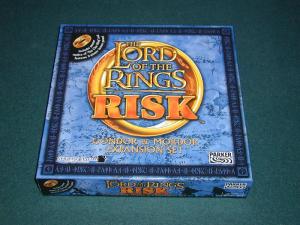I’m having a hard time understanding how anyone can defend Clay Shirky’s A Rant About Women, a blog post that’s receiving a tremendous amount of attention in the blogosphere and on Twitter.
Basically, Shirky says he knows what success looks like among academics – and in our society generally – and he knows how it’s achieved. It’s a formula that women don’t currently have a handle on but better master otherwise they’ll be overlooked, passed by, doomed to obscurity. And what is that formula? According to Shirky:
… women in general, and the women whose educations I am responsible for in particular, are often lousy at those kinds of behaviors, even when the situation calls for it. They aren’t just bad at behaving like arrogant self-aggrandizing jerks. They are bad at behaving like self-promoting narcissists, anti-social obsessives, or pompous blowhards, even a little bit, even temporarily, even when it would be in their best interests to do so. Whatever bad things you can say about those behaviors, you can’t say they are underrepresented among people who have changed the world.
I’m an Asian-American. And I’ve heard similar arguments made about Asians – that we are quiet, unassuming, unwilling to draw attention to ourselves. Though it’s impossible to generalize with any kind of accuracy about the various cultures that fall under the umbrella term “Asian,” it’s true that in some Asian societies self-aggrandizement is frowned upon. So, would Shirky have then felt comfortable writing a post titled “A Rant About Asians”? Would you have felt comfortable reading a post with that title? Would you have felt Shirky’s was a defensible position if you had read the exact same piece by him but everywhere you find “women” now you found instead the word “Asians”? If your response to any of these questions is “no,” then you can probably understand why I’m dumbfounded that anyone sees Shirky’s generalizations – and, understand, I have great respect for much of his work and in fact have held up his thoughts as dead-on elsewhere in this blog – as shedding light on the plight of women writ large.
So, in essence, Shirky believes that the solution to the problem of women not receiving their fair share is to have them take on the mannerisms of the dominant group. Shirky writes:
Now this is asking women to behave more like men, but so what?
He goes on to explain that we as a society have essentially conditioned men to act more like women recently, so where’s the concern? But Shirky misses the point. We shouldn’t ask women to act like men in order to succeed. Just like we shouldn’t ask Asian-Americans to act like white male academics in order to succeed. Instead, we should ask ourselves: What is it about the landscape that unfairly dictates who will succeed and who won’t and what can we do to change that inequity?

